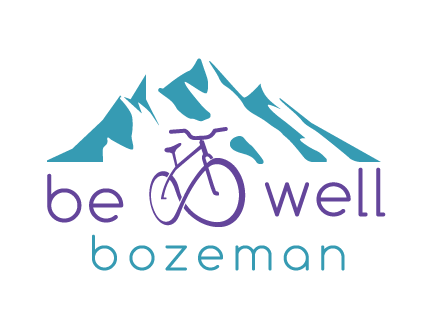“Get out of your head & into your body & let’s see what the system knows how to do.”
The History of CranioSacral Therapy
The craniosacral concept was first discovered in the early 1920’s, and while it was known to be healing, it retained a level of mystery. Between 1975 and 1983, Dr. John E. Upledger and his research team from Michigan State University, made profound discoveries and gained a deeper understanding of the craniosacral system. In 1985 Dr. Upledger founded The Upledger Institute in Florida, aiming to teach people from around the world this profound, healing therapy. Prior to his death in 2013 Dr. Upledger offered his healing work to clients and continued his legacy of teaching.
Jessie May’s Training:
CS1
CS2
SER1
SER2
ADV1
ADV2
The Upledger Institute
Dr. John E. Upledger
CranioSacral Therapy
What is CranioSacral Therapy?
CranioSacral Therapy is one of the gentlest and most effective treatments, suitable for clients of all ages. The craniosacral system includes the fluids and soft tissues that surround the brain and spinal cord, and distortions to this system will directly impact the central nervous system (CNS). Tension in our body is the accumulation of stresses and strains which cause our bodies to tighten, potentially compromising the CNS. When left untreated our bodies are at an increased risk for much greater diseases including arthritis and cancer. By readjusting the craniosacral rhythm we can release tension which allows relaxation and a natural self-correction.
What Can I Expect In a CranioSacral Session?
Sessions will begin with a discussion of the client’s needs and health considerations, and time will be allowed to ask any questions about treatment. Client’s may choose to disrobe and lie under a sheet or remain fully clothed. Sessions take place on a Tempurpedic massage table to insure complete comfort and even weight distribution. A typical craniosacral session will last approximately one hour, but clients are encouraged to allow extra time for their appointment as underlying health concerns may present themselves. Sessions are typically free of conversation, this silence gives the client’s body permission to sink deeper into the session. However, communication is sometimes prompted and clients may be asked to express what they are feeling or noticing in their body.
Clients may experience any number of positive sensations, including relief, relaxation, and feelings of euphoria or elation. As with any type of work, slightly unpleasant feelings may also arise, such as temporary bursts of pain or emotional uneasiness. When we work through structural layers that house emotions these sensations are quite common, and clients should not be alarmed.
At the completion of the session the client is encouraged to share their experience and ask any questions they may have.


